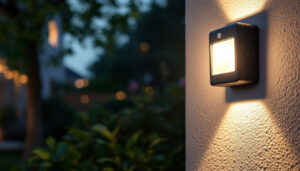
Lighting a warehouse effectively is crucial for both safety and productivity. However, many lighting contractors often make common mistakes when determining how many fixtures are needed for a given space. Understanding the factors that influence lighting requirements can help avoid these pitfalls and ensure optimal illumination. This article explores the common missteps made by lighting contractors and offers guidance on how to calculate the appropriate number of fixtures for any warehouse environment.
Warehouses are unique environments that require specific lighting solutions to enhance visibility and safety. Proper lighting not only improves operational efficiency but also contributes to the overall safety of the facility. Insufficient lighting can lead to accidents, decreased productivity, and even damage to goods.
Moreover, the right lighting can influence employee morale and comfort. A well-lit environment helps reduce eye strain and fatigue, allowing workers to perform their tasks more effectively. Therefore, understanding how to calculate the number of fixtures needed is essential for lighting contractors.
The layout of a warehouse plays a significant role in determining lighting needs. Factors such as ceiling height, the arrangement of shelves, and the presence of machinery must be considered. A high ceiling may require fixtures with higher lumen output to ensure adequate light reaches the floor.
Additionally, the layout can dictate the placement of fixtures. In an aisle-based layout, for example, fixtures should be strategically positioned to minimize shadows and ensure even light distribution across work areas. This is particularly important in areas where workers are picking items or operating machinery, as shadows can create hazards and hinder visibility. Furthermore, incorporating task lighting in specific zones, such as packing stations or quality control areas, can further enhance productivity and accuracy in operations.
Choosing the right type of lighting fixture is another critical aspect of warehouse lighting. Common options include LED high bays, fluorescent fixtures, and metal halide lights. Each type has its own advantages and disadvantages in terms of energy efficiency, brightness, and lifespan.
LED high bays, for instance, are increasingly popular due to their energy efficiency and long lifespan. However, they may have a higher initial cost compared to traditional fluorescent fixtures. Understanding the specific needs of the warehouse will help contractors make informed decisions about which fixtures to use. Additionally, the choice of color temperature can also impact the warehouse environment; cooler light temperatures can enhance alertness and focus, while warmer temperatures can create a more inviting atmosphere. By carefully selecting both the type and color of lighting, warehouse managers can create a space that not only meets operational needs but also fosters a positive work environment for employees.
Even experienced lighting contractors can fall prey to common mistakes when calculating the number of fixtures needed for a warehouse. Identifying these errors is crucial to ensure that the lighting design meets both safety and operational standards.
One of the most frequent oversights is failing to account for the required footcandles for different areas within the warehouse. Footcandles measure the amount of light that falls on a surface, and various tasks require different levels of illumination. For instance, areas where detailed work is performed may need higher footcandle levels than general storage areas.
Understanding the specific lighting requirements for various tasks within the warehouse can help contractors avoid under- or over-lighting certain areas. It is essential to consult industry standards to determine the appropriate footcandle levels for different zones. Additionally, it may be beneficial to conduct a lighting audit to assess current illumination levels and identify areas that may require adjustments. This proactive approach not only enhances visibility but also boosts productivity by ensuring that employees can perform their tasks safely and efficiently.
Another common mistake is not taking into account the reflective surfaces within the warehouse. Surfaces such as walls, floors, and shelves can significantly impact how light is distributed throughout the space. Dark surfaces absorb light, while lighter surfaces reflect it, affecting the overall brightness of the area.
Contractors should conduct a thorough assessment of the materials used in the warehouse to adjust their lighting calculations accordingly. This consideration can lead to more efficient lighting designs and reduced energy costs. For example, using reflective ceiling tiles or light-colored paint on walls can enhance light distribution, allowing for fewer fixtures to achieve the desired illumination levels. Moreover, incorporating adjustable fixtures can provide flexibility in directing light where it is most needed, further optimizing the lighting layout.
Improper fixture spacing is a critical error that can lead to uneven lighting and dark spots. Many contractors may assume that simply installing a certain number of fixtures will suffice without considering how far apart they should be placed.
The spacing between fixtures should be determined based on the type of fixture used and the specific lighting needs of the warehouse. For instance, high bay fixtures typically require more spacing than low bay fixtures due to their higher lumen output. Proper spacing ensures that light is evenly distributed and minimizes shadows. Additionally, it is important to consider the layout of the warehouse, including any obstructions such as shelving units or machinery that may block light. By strategically planning the placement of fixtures, contractors can create a well-lit environment that enhances both safety and operational efficiency, ultimately leading to a more productive workspace.
To avoid the common mistakes mentioned above, it is essential to follow a systematic approach when calculating the number of fixtures needed for a warehouse. This process involves several steps that can help ensure accurate results.
The first step in the calculation process is to measure the dimensions of the warehouse. This includes the length, width, and height of the space. Knowing the total square footage is crucial for determining the overall lighting requirements.
In addition to the basic measurements, consider any unique features of the warehouse, such as mezzanines or obstructions that may affect lighting placement. Accurate measurements will provide a solid foundation for the subsequent steps.
Once the size of the warehouse is established, the next step is to assess the lighting requirements for different areas. This involves determining the desired footcandle levels for various tasks and zones within the space.
Consulting industry guidelines can provide valuable insights into the recommended footcandle levels for different activities. For example, general storage areas may require around 10-20 footcandles, while areas designated for packing or quality control may need 30-50 footcandles.
After establishing the required footcandle levels, the next step is to calculate the lumen output needed from the fixtures. This can be done using the following formula:
Total Lumens Required = Footcandles Required x Area (in square feet)
By multiplying the desired footcandles by the total area, contractors can determine the total lumens needed to achieve the desired lighting levels. This figure will guide the selection of fixtures based on their lumen output.
With the total lumen requirement established, the next step is selecting the appropriate fixtures. This decision should be based on the lumen output of each fixture, as well as other factors such as energy efficiency, cost, and maintenance needs.
When evaluating fixture options, consider the following factors:
Once the fixtures are selected, it is essential to plan their placement and spacing carefully. This involves determining how far apart the fixtures should be installed to achieve even illumination throughout the warehouse.
Using lighting design software can aid in visualizing the layout and ensuring optimal fixture placement. Additionally, conducting a lighting simulation can help identify potential issues before installation, allowing for adjustments to be made as needed.
In conclusion, lighting contractors must be diligent in their approach to calculating the number of fixtures needed for warehouse spaces. By avoiding common mistakes and following a systematic process, contractors can ensure that their lighting designs meet safety and operational standards.
Moreover, staying informed about advancements in lighting technology can further enhance the effectiveness of warehouse lighting solutions. As LED technology continues to evolve, new options may become available that offer even greater energy efficiency and performance.
The field of lighting design is constantly evolving, and contractors should prioritize continuous learning and adaptation. Attending industry seminars, participating in training programs, and engaging with other professionals can provide valuable insights and keep contractors updated on the latest trends and technologies.
By embracing a mindset of continuous improvement, lighting contractors can enhance their skills and deliver exceptional lighting solutions that meet the needs of their clients.
Ultimately, the goal of any lighting contractor should be to create a safe, efficient, and productive environment for warehouse operations. By understanding the common mistakes made in fixture calculations and following best practices, contractors can ensure that their lighting designs are effective and sustainable. The right lighting not only illuminates a space but also enhances the overall functionality and safety of the warehouse.
Ready to avoid common lighting pitfalls and enhance your warehouse space with the best fixtures on the market? Look no further than LumenWholesale. Our commitment to providing contractors with high-quality, spec-grade lighting products at unbeatable wholesale prices ensures that your projects shine without breaking the bank. Benefit from our extensive selection that meets rigorous industry standards and enjoy the convenience of free shipping on bulk orders. Elevate your lighting game with the perfect blend of quality, affordability, and convenience. Discover the value we offer by visiting Wholesale Lighting at the Best Value today.
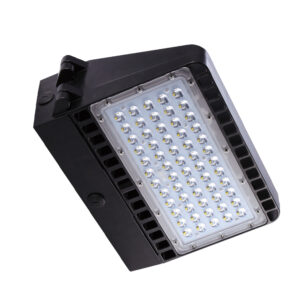
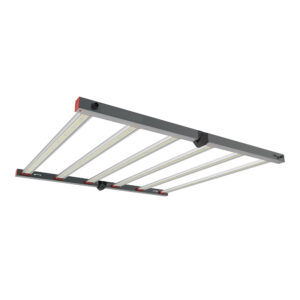
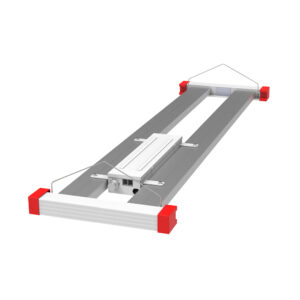
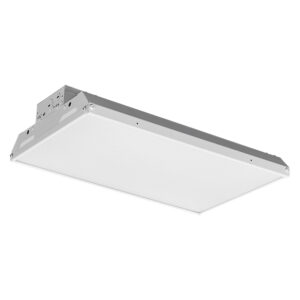
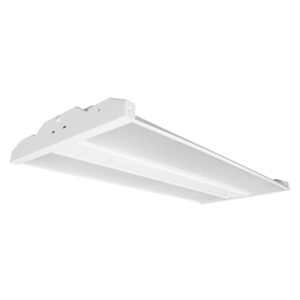
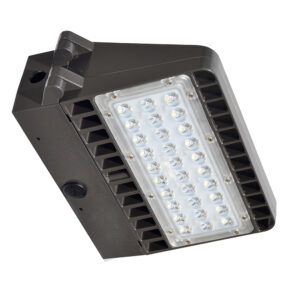

Discover the pitfalls of purchasing drop ceiling lights in bulk from local distributors.

Discover the essential best practices for warehouse lighting fixtures in this comprehensive guide tailored for lighting contractors.

Discover why purchasing architectural cylinder lights in bulk from local distributors might not be the best choice.

Discover the essentials of high bay occupancy sensors and their impact on modern lighting solutions.
Get notified when NEW deals are released.
Optimize your budget with wholesale discounts.
Only top-quality, specification-grade lighting products.
No additional costs at checkout - what you see is what you pay.
We understand the unique needs of contractors.